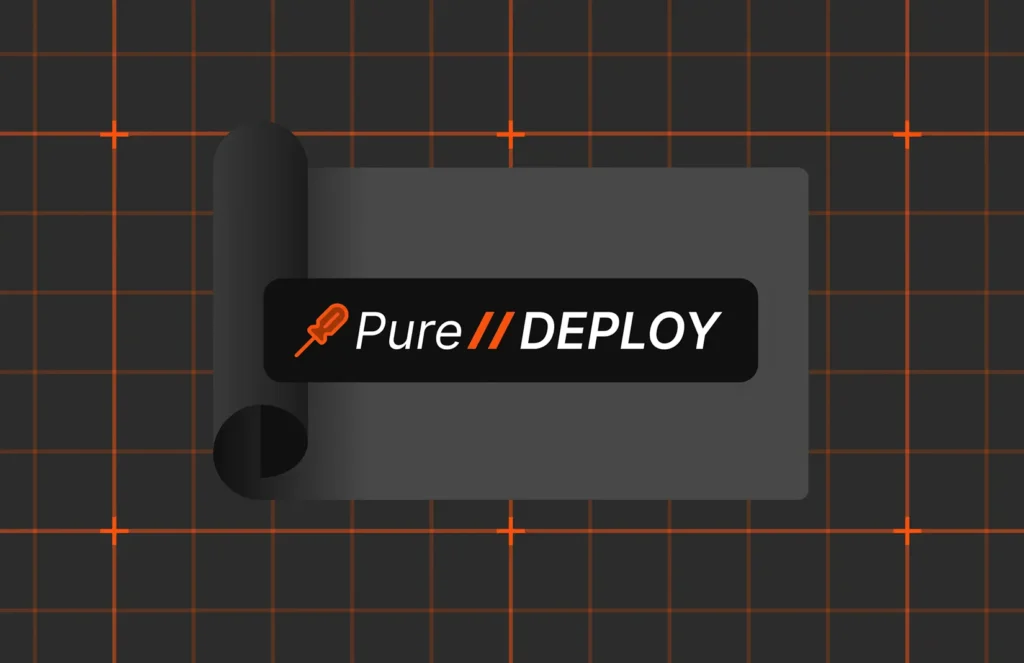This is a guest article from journalist, blogger, and business consultant Michael O’Dwyer.
In the span of just one minute, the downtime costs from the interruption of mission-critical applications can rise to $10,000. Think then about what an hour does to not just your company’s bottom line, but your employees’ morale and the company’s reputation as well. That screeching in your head? It’s more than just the sound of the grinding halt that accompanies the loss of, for example, your ERP or CRM app. It’s your personal warning to be more proactive in preventing such outages.
Several companies — such as Workday and Major League Baseball team the San Diego Padres — have found a solution to downtime concerns with all-flash storage, which removes the spinning disk drives of yesterday and replaces them with flash memory drives that increase the speed, performance, and agility for your business — reducing the chances you’ll have to deal with costly downtime.
Mission-Critical Applications: A Primer
Any enterprise workload — such as CRM, ERP, Supply Chain, Databases, or Big Data and Analytics— that’s integral to standard business processes can be considered mission-critical. These are typically deployed to improve efficiency, automate business operations, or offer the efficiency of a single user dashboard.
As an IT director, it’s crucial for you to understand what each of your mission-critical applications are and how their downtime (individually or in tandem) can impact operations. Are plans in place if the defaults go down during the workday? If not, enhanced business continuity and disaster recovery plans are needed to ensure operations resume as quickly as possible. It may be tempting to consider a full revamp of your current storage systems, but first, there are a few considerations to take into account.
Infrastructure Upgrade Questions: A Checklist
A complete revamp of your IT infrastructure is a waste of time unless you’ve already identified the problem. Ignore anyone that claims company-wide performance improvements will be yours with minimal investment — enterprise IT is expensive and you get what you pay for.
When it comes time to upgrade, you should start with a simple checklist:
- Are customers or users complaining about the current experience?
- What known problems will an infrastructure upgrade solve?
- Will an upgrade better secure your system from a critical failure or cyberattack?
- What are the real-world impacts on the day to day of your business — both during and after implementation?
- Will an upgrade ensure the business has the capacity for future growth?
An All-Flash Solution to a Legacy Problem
As you consider solutions, you should be looking for a system that offers enough of a return on your investment to justify the initial cost and one that will position your organization for future growth and evolution. For most, that solution comes down to an all-flash-based technology.

Safeguard Your Data—and Your Business
Ensure effortless business continuity and data recovery.
In 2017, the Major League Baseball franchise, the San Diego Padres, adopted FlashStack for all of its mission-critical operations and fan engagement. The Padres have since noted a decrease in latencies for key database applications by up to 98 percent, an increase in storage efficiency from a 4:1 data reduction, and have enjoyed a reduction in their nightly database backup time from eight to two hours.
“Our legacy storage environment simply couldn’t keep up with the technological advances modern professional baseball demands,” Ray Chan, Vice President of Information Technology, said. “With FlashStack, we’re able to handle multiple workloads concurrently without performance degradation – which has frankly been a game-changer for the organization.”
Likewise, Mascot, a Danish company that designs, produces, procures, and sells workwear around the world, faced outdated and unreliable legacy systems. After the system started to routinely fail because it couldn’t handle the number of transactions being made, they made the decision to install Pure Storage FlashArrays for improved reliability and resilience.
When legacy storage systems fail to satisfy performance requirements and mission-critical application failures can result in outrageous downtime costs, it’s time to consider the benefits an all-flash environment can offer.
In order to understand the current landscape and future trends of enterprise IT strategies — and how to guide the conversation about mission-critical legacy workload refreshes with your CIO — read the Voice of the Enterprise report from 451 Research.






